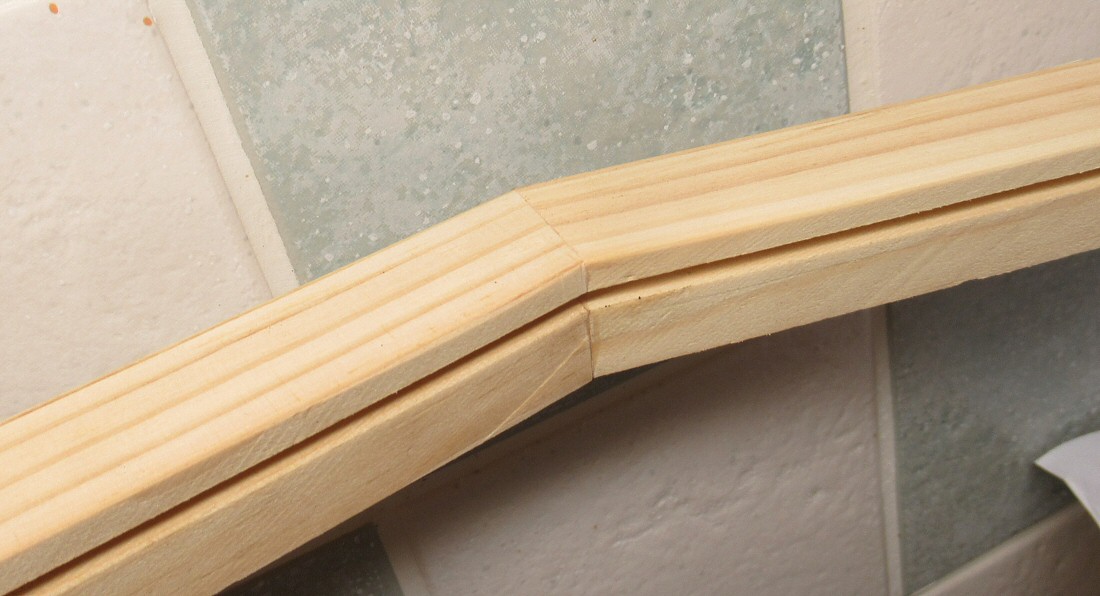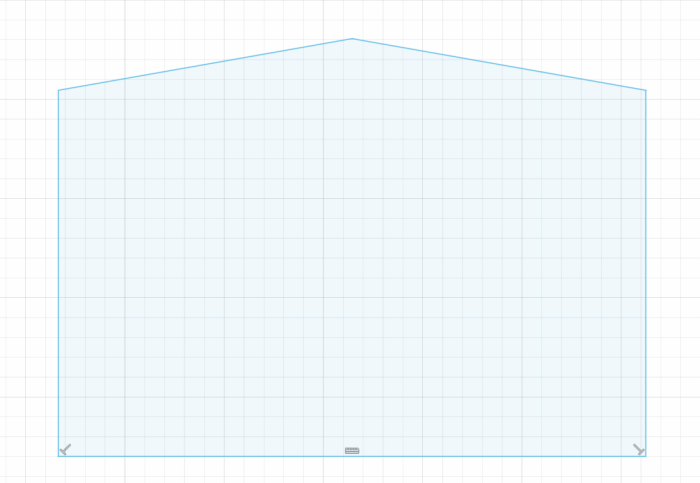OP, do you have a router and a slot cutter with a bearing which is the same thickness as thin plywood, say 6mm?
If so rout a slot on the inside in each end of each piece:
View attachment 260825
I'd suggest doing this in a router table and
NOT freehand.
Glue the pieces together with Mitre Mate (or similar), then cut a boomerang-shaped piece for each joint with a 160° angle, and radius the ends to match the radius of the slot cutter
View attachment 260826
Glue the boomerang-shaped fingers in place and when set trim the insides with a sharp chisel.
View attachment 260829
Alternative 1: Make-up the frame with Mitre Mate. Using a hand saw cut kerfs across the outsides of the joints. Glue-in slips of veneer and trim back when the glue has set. This is a technique once used by picture framers toi get extra strength (especially if the frame was to be painted, have gesso or plaster moulding applied or gilded afterwards
Personally I'd avoid trying to put metal into the joint or messing about with resin- just go for a woodworking solution for which you may already have the tools (or at least be able to get hold of them)
Edit: The cheapest bearing slot cutter I found on Amazon was
this one:
View attachment 260827 View attachment 260828
which cuts a 3.2mm high slot. That slot would do for 1/8in plywood. I didn't recommend using biscuits as I feel that they would be too small, and the grain runs at about 30°. In addition standard biscuits are made from beech which rots very fast in external situations, meaning that any joint strengthened by beech biscuits wouldn't last very long at all
Alternative 2 might be to make-up a drilling jig and dowel the joints with a softwood or hardwood (
NOT beech) dowel.
View attachment 260830
The more I ponder this, the more the alternatives...
Sorry for the crappy drawings, but all I have with me at the moment is my phone, a pad and a pen...







